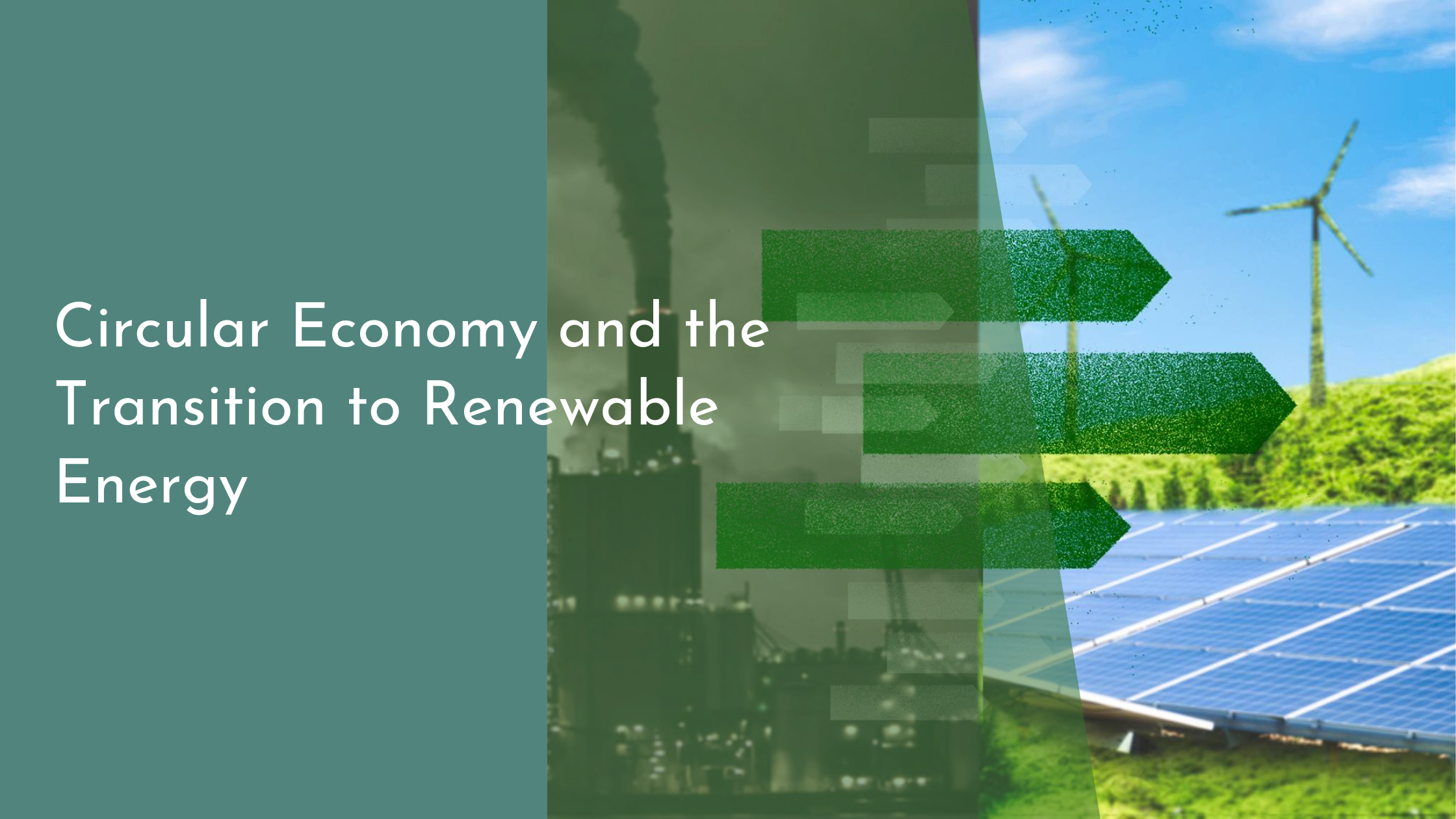Circular Economy and the Transition to Renewable Energy
In a world where resources are finite, and environmental concerns are ever-growing, the circular economy offers a promising approach to sustainability. Paired with the transition to renewable energy, this model has the potential to revolutionize the way we manage resources, reduce waste, and generate power. As industries and governments worldwide increasingly recognize the importance of sustainable practices, understanding how circular economy principles can align with renewable energy solutions becomes essential. This article explores the intersection of these concepts, presenting key insights into how they can work together to build a more sustainable future.
Understanding the Circular Economy Concept
The circular economy is a model of production and consumption designed to minimize waste and optimize the use of resources. Unlike the traditional linear economy, which follows a ‘take-make-dispose’ approach, the circular economy emphasizes the importance of keeping products, materials, and resources in use for as long as possible. This is achieved through strategies such as recycling, reusing, repairing, and remanufacturing. The aim is to create closed-loop systems where waste is minimized, and the value of products is preserved, leading to more sustainable economic growth and reduced environmental impact.
At the core of the circular economy concept is the idea of designing products with longevity and resource efficiency in mind. By prioritizing sustainable design and material choices, circular systems seek to reduce the overall demand for new resources, thereby decreasing environmental degradation. This approach not only conserves natural resources but also fosters innovation in product design and manufacturing processes. As industries shift towards circularity, collaboration across sectors and the adoption of new business models become critical to successfully implementing this transformative economic paradigm.
Benefits of Renewables in Circular Systems
Renewable energy sources like solar, wind, and hydropower play a pivotal role in circular economy models by providing clean, sustainable power for production processes. Unlike fossil fuels, renewables generate energy without depleting natural resources, aligning perfectly with the principles of circularity. By integrating renewable energy into circular systems, industries can significantly reduce their carbon footprint, contributing to a reduction in greenhouse gas emissions and helping combat climate change.
Furthermore, the decentralization of energy production through renewables empowers local communities by providing energy independence and resilience. This decentralization aligns with circular economy principles by localizing production and consumption, thereby reducing transportation emissions and fostering regional economic development. As renewable energy technologies continue to advance and become more cost-effective, their ability to support and enhance circular systems will only increase, offering a win-win scenario for both the environment and the economy.
Key Strategies for Integration and Transition
To successfully integrate renewable energy into circular economy systems, stakeholders must focus on innovative policy frameworks and collaboration across sectors. Governments can play a crucial role by implementing policies that incentivize the adoption of renewables and support circular business models. This includes tax credits, subsidies, and regulatory measures that encourage the development of clean energy infrastructure and the circular design of products. By creating a supportive regulatory environment, policymakers can accelerate the transition to a more sustainable and circular economy.
Investment in research and development is another key strategy for fostering the integration of renewables within circular systems. By funding technological advancements and encouraging collaboration between academia, industry, and government, new solutions can be developed to overcome existing barriers and enhance the synergy between renewable energy and circular economy practices. This involves exploring innovative technologies, such as energy storage systems and smart grids, which can optimize the use of renewables and ensure their reliability and efficiency in circular processes.
Challenges and Opportunities Ahead
Despite the promising potential of combining circular economy principles with renewable energy, several challenges must be addressed. One significant obstacle is the existing infrastructure and market systems, which are predominantly designed around linear economic models. Transitioning to circular systems requires substantial changes in production processes, supply chains, and consumer behavior. Additionally, the upfront cost of renewable energy technologies can be a barrier for many businesses and communities, especially in developing regions.
However, these challenges also present opportunities for growth and innovation. Embracing a circular and renewable future can drive economic development by creating new industries and jobs in areas such as recycling, energy storage, and sustainable design. Moreover, as awareness and demand for sustainable products increase, businesses that adopt these practices can gain a competitive advantage and meet the growing expectations of environmentally-conscious consumers. By addressing these challenges collaboratively, stakeholders can pave the way for a resilient and sustainable global economy.
The transition to a circular economy powered by renewable energy presents an exciting pathway toward sustainability. By redefining how we produce, consume, and manage resources, we can create systems that are not only environmentally friendly but also economically viable. As we continue to face global challenges such as climate change and resource scarcity, the integration of circular economy principles with renewable energy solutions offers a beacon of hope. By embracing this transformative potential, societies worldwide can work together to build a more sustainable and prosperous future for all.


